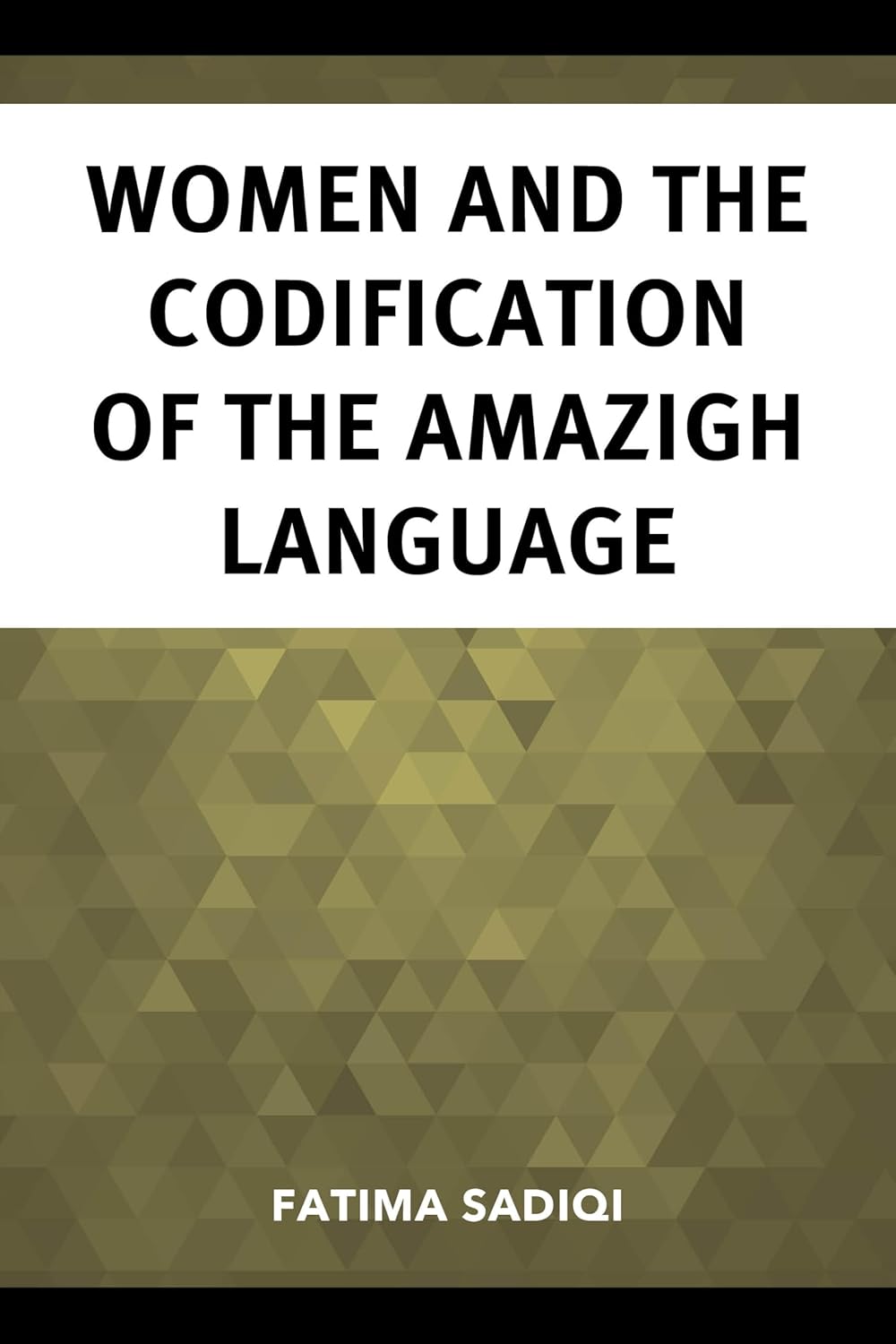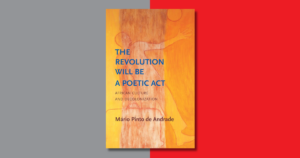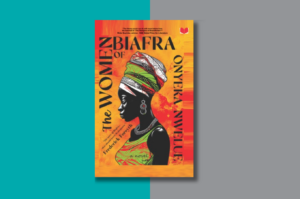
Conclusions: Knowledge production which is not related to the West
This book used an interdisciplinary approach that combines linguistics, archeology, history, anthropology, and sociology to argue that Amazigh women’s ancestral rug designs may well be at the root of the codification of the Amazigh language. Archeological findings and theorizations that ensued proved to be very helpful. Linguistic analyses of the rock inscriptions corroborated many archeology-based statements about Tifinagh. Although scattered and suffering from serious gaps, historical accounts, whether traditional or modern, Western or local, history offered the relevant descriptions of specific periods that increased my understanding of the phenomena involved. As for anthropology and sociology, they were important in using present-day women’s practices to crack some traditional cultural codes. Indeed, each one of these disciplines helped me understand how the past and present language and culture are deeply intertwined in comprehending Amazigh women’s lives and contributions to the linguistic and cultural survival of anything Amazigh. The interdisciplinary nature of the approach used in this book is also necessary for three other reasons. Firstly, it helps understand the available pre-modern texts on the Amazigh people. Secondly, as such, it illuminates the reading of the significant gaps that exist between the available documentation on the Amazigh language and culture. Thirdly, it allows a better understanding of the extraordinary interplay between art, orality, and writing in the case of the Amazigh language.
The adopted approach is admittedly complex, but such is the journey of the Amazigh language. Bringing in female ancestral agency is a way of debunking this complexity given the systematic marginalization of this agency in all the disciplines that constitute the theoretical background of this book. This agency also sheds light on the combination of orality, art, and writing in the codification of the Amazigh language.
This is a unique case in linguistics whereby Tifinagh, a millennial alphabet which replicates artistic designs that had previously been imagined by women, and which was not used for long texts has not precluded the Amazigh language from survival to the present-day. More than that, while the use of the Hebrew, Arabic and Latin scripts were used to codify the Amazigh language, they hardly touched the linguistic identity of the Amazigh language, probably because these codifications left out the linguistic nerve of the language: Tifinagh.
By focusing on Tifinagh and linking it to women’s artistic designs that preceded it, this book proposes a specific codification process that fits the linguistic identity of Amazigh language and highlights women’s role in it. By so doing, the book is an attempt to resolves the conundrum that a language dies when its alphabet is not used extensively.
Facts support these hypotheses. Firstly, the Amazigh language existed for millennia in an oral form that has constantly linked Tifinagh with the assumption of a written form. This is different from the case of Kurdish, often compared to Amazigh. Whereas the two most used versions of Kurdish, Kurmanji and Sorani, are written in scripts based on Hawar, which is derived from Latin in the former case and from Arabic in the latter case. As for Tifinagh, it is a homegrown independent alphabet.
Based on these facts, this book links the homegrown artistic roots of Tifinagh to the now acknowledged fact that women are the artists in Amazigh communities. The physical resemblance between the rug designs and the Amazigh alphabet highlights women as agents in the linguistic codification and stabilization of their mother tongue. Further support comes from that fact that historically, it was Tuareg mothers who taught Tifinagh to their children and it was them who used to draw letters on the sand (Sadiqi et al 2009). Tifinagh signs were indeed believed to convey special meanings and cryptic messages that only their authors, that is women, could understand or decipher. In modern times, anthropological, sociological, and literary studies have shown that Amazigh women’s rug and tattoo designs, like Tifinagh, were forms of writing as mentioned in the book.
These conclusions may be the key to another linguistic enigma that can be expressed as follows: While Amazigh communities have never been united on religious grounds, they have always been so on linguistic grounds. What is meant by linguistic unity in this context is that Amazigh constitutes one language in the sense of one grammatical system. Differences between the various dialects of this language are attested at the levels of sound and meaning (André Basset 1952; Sadiqi 1997, among others). In other words, linguistic unity has constituted the backbone of Amazigh culture and the main means of its survival. In a sense, while religious practices have been local, linguistic unity safeguarded the larger boundaries of Amazigh communities and continue to do so. Interestingly, this unique configuration of the religious and the linguistic has been solidified, preserved, and transmitted by women.
Two observations may be recalled supporting this statement. Firstly, as shown in Chapter Three, a striking fact about the Tifinagh alphabet is its perennial life even though it has not been historically used very much and not for long texts. Secondly, theoretically speaking, the time span between the adoption of an alphabet and the standardization of a language is usually long; yet in the case of the Amazigh language, the standardization of Tifinagh and the standardization of the Amazigh language happened almost simultaneously from the 1960s onward. This shows that the Amazigh alphabet was not created from scratch but rather inspired or adopted from similar pre-existing rug designs. The striking physical similarity between the designs and the alphabet is a characterization of the Amazigh language and culture. This similarity also explains the longevity and relative ‘private’ nature of both position women at the heart of the codification of the Amazigh language.
In seeking to place women in the history of the codification of the Amazigh language, this book is an attempt to fill a long-standing gap in the academic field of North African women’s history.[1] Pursuant to the 2010-11 Uprisings in the region, there is an increasing interest in linguistic historiography and the role of women in the construction of the knowledge that underpins it. The dearth of research in this field may be due to the scarcity of documentation on the Amazigh alphabet, the focus on the institutionalized, often literate, formal, and non-domestic contexts of language use, and the field of linguistics’ dearth of interest in the domestic spaces where women have historically been evolving or in women as sources of serious information and knowledge-making. Indeed, the male canon has historically targeted the male readership and comforted the patriarchal perspective.
Admittedly, this endeavor is neither simple nor easy given the shortage of records and material sources, in addition to the obvious methodological challenges. In focusing on both the oral and written aspects of the codification of the Amazigh language this book problematizes these two aspects in the process of codification in the form of an interrogation that is left for further research: Is our current understanding of codification as scripture-based an act of imagining fictive boundaries that often blur linguistic continuity? Granting that this continuity exists, is codification in the case of the Amazigh language an act of Oralizing Writing?
To answer this question, a few facts come to mind. One such a fact is that the dynamic between the oral and the written codification of the Amazigh language is manifesting in various new forms that continue to adapt without losing the ancestral ones. This is attested in tattooing and jewelry, but more importantly from the perspective of this book in calligraphy and computerized language.
Tattooing and jewelry-making continue the oral part of the Amazigh codification and calligraphy and digitized writing continue the writing part of it. This book is an attempt to prove that while women’s role is assumed in the first case, it needs to be acknowledged in the Amazigh studies canon in the second case.
[1] Within the bigger framework, the history of women in linguistics is still at its beginnings (Breyfogle 1991 and Ayres-Bennet and Sanson 2020).
***
Excerpt from WOMEN AND THE CODIFICATION OF THE AMAZIGH LANGUAGE published by Lexington Books. Copyright © 2024 by Fatima Sadiqi.
Buy a copy of the book here: Amazon









COMMENTS -
Reader Interactions